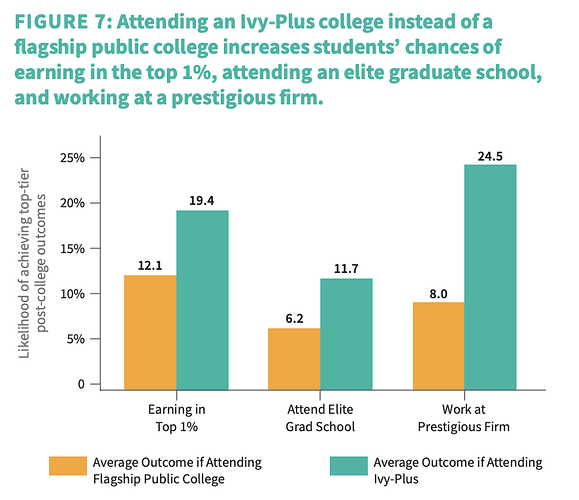It’s often assumed that the UC report recommended keeping the SAT. It didn’t. The authors of STTF report instead recommended replacing the SAT with a new assessment system, as quoted below.
Recommendation 6. Develop a new assessment system that will be continuously accessible to students and that will assess a broader array of student learning and capabilities than any of the currently available tests.
The authors of the report had different opinions about whether UC should wait until the new assessment is available before going test blind, or go test blind before the new system is available, as quoted below.
Members of the Task Force differed on the question of whether to recommend that UC cease consideration of standardized test scores sooner — in all likelihood before availability of the replacement suite of assessments.
When COVID happened UC decided to go test blind sooner, which I don’t consider inconsistent with the report. What is inconsistent, is I am not aware of any plans to implement a new assessment system to replace the SAT.
.
Also note that there are no schools I am aware of that found SAT doesn’t correlate with college grades. It does. For test optional, the more relevant question is what SAT adds beyond the criteria that would be used to admit test optional applicants. This criteria is more than just looking at average HS GPA in isolation, without considering grade distribution of HS, which courses are taken (rigor), which courses have higher/lower grades and relevance to major, LORs, ECs, awards, …
For example, prior to going test optional Ithaca’s review found the following portion of variance explained with different combinations of application criteria. SAT had a fairly decent ~0.5 correlation with cumulative GPA (section correlation ranged from 0.29 to 0.42), yet when SAT was removed, there was little loss in explanatory power because that ~0.5 correlation was overlapped in other available application material.
HS GPA + SAT + Rigor + AP hours + Demographics + … – Explains 44% of variance in cumulative GPA
All of Above with SAT Removed – Explains 43% of variance in cumulative GPA
Of course Ithaca is not the same as MIT, Caltech, or Ivy+ colleges for a variety of reasons including different degree of ceiling effects, different major distribution, different rigor of college classes, different goals in creating class, different measures of success, … What works for one college is not necessarily the best solution for a different college.

